Exploring the world’s deepest caves isn’t just for hardcore speleologists—it’s also a chance for adventurous travelers to step into otherworldly landscapes of rock, water, and silence. While some caves require extreme expertise, many regions offer nearby attractions, guided tours, and cultural highlights worth experiencing.
Here’s a practical breakdown of the top 10 deepest caves in the world, with tips on how you can explore (or at least get close) as a traveler.
1. Krubera-Voronja Cave (Georgia) – 2,224 m
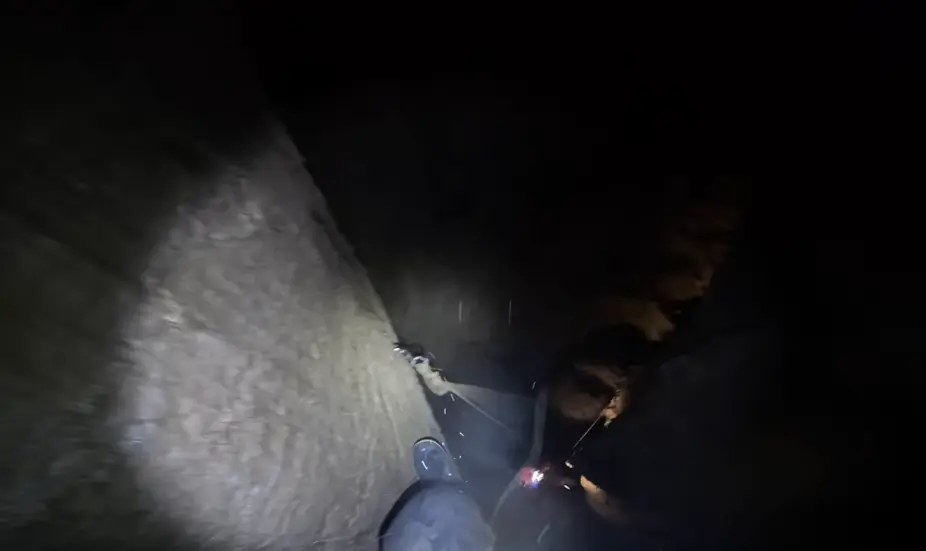
Where: Arabika Massif, Abkhazia, Georgia
- Access: Restricted—only professional expeditions can enter.
- For Travelers: While you won’t descend its depths, you can explore the Caucasus Mountains, visit Black Sea resorts in Abkhazia, and enjoy Georgian hospitality.
- Travel Tip: Base yourself in Kutaisi or Tbilisi, then head north to the Gagra Range for hiking.
- Local Food to Try: Khachapuri (cheese bread) and khinkali (dumplings).
2. Veryovkina Cave (Georgia) – 2,209 m
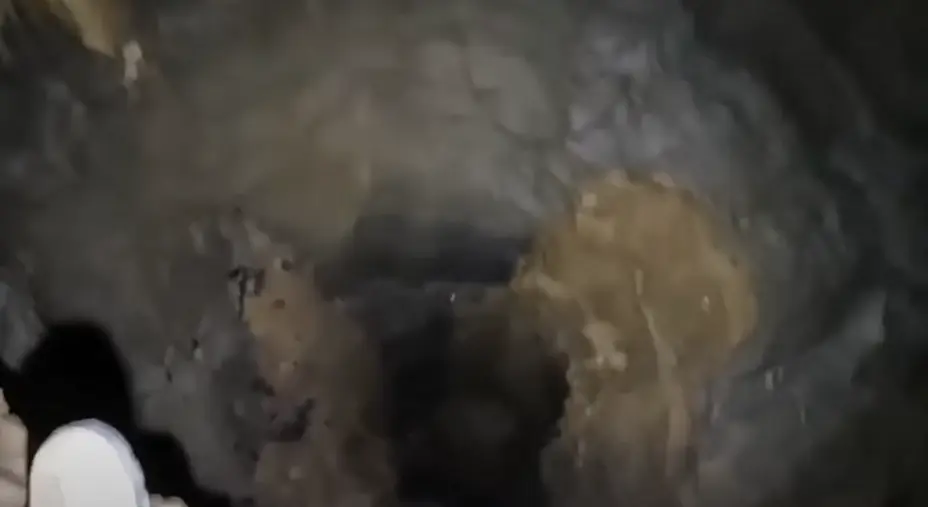
Where: Gagra Range, Abkhazia, Georgia
- Access: Similar to Krubera, only for expert cavers.
- For Travelers: Trekking in Abkhazia is breathtaking—expect alpine meadows, remote villages, and dramatic peaks.
- Travel Tip: Travel with a licensed local guide due to the region’s political sensitivities.
- Nearby Highlight: Lake Ritsa, a stunning alpine lake.
3. Sarma Cave (Georgia) – 1,830 m
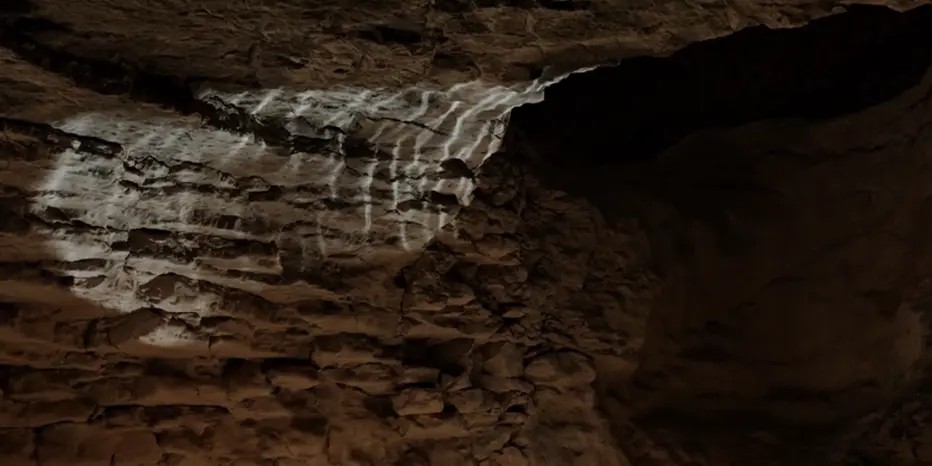
Where: Arabika Massif, Abkhazia
- Access: Extreme expeditions only.
- For Travelers: Explore the wider Caucasus region—lush valleys, waterfalls, and ancient monasteries.
- Budget Tip: Guesthouses are affordable, and Georgian food is hearty and cheap.
4. Snezhnaya Cave (Georgia) – 1,760 m
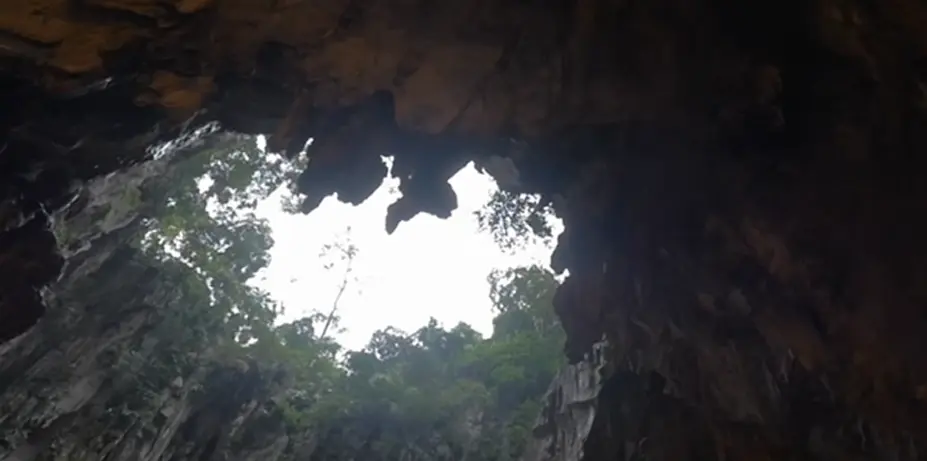
Where: Abkhazia
- Access: Off-limits for casual travelers.
- For Travelers: The entrance features year-round snow—a unique natural sight.
- Nearby Highlight: Combine with a visit to the Black Sea coast or the mountains of Svaneti.
5. Lamprechtsofen (Austria) – 1,735 m
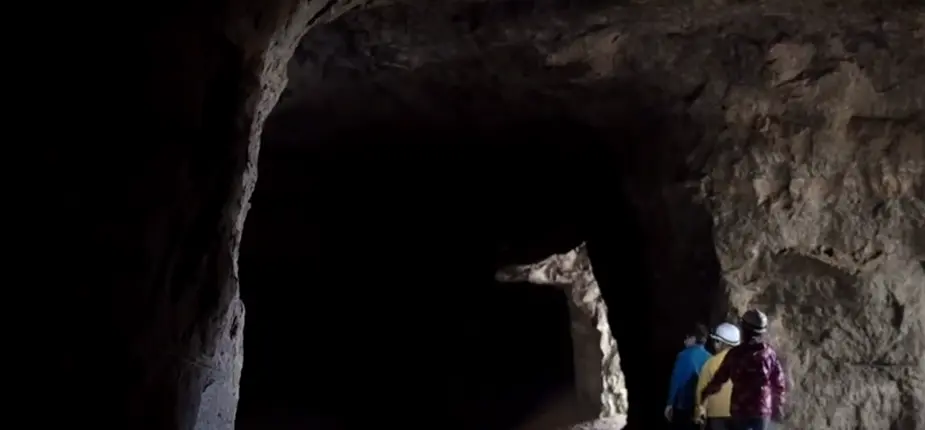
Where: Salzburg, Austria
- Access: Partially open to tourists as a show cave.
- Must-See: Walk through 600 meters of illuminated passages with dramatic limestone formations.
- How to Get There: Easily accessible from Salzburg by train or car (~1.5 hours).
- Travel Tip: Combine with hikes in the Austrian Alps.
- Local Food: Try schnitzel and apple strudel at alpine inns.
6. Gouffre Mirolda (France) – 1,661 m
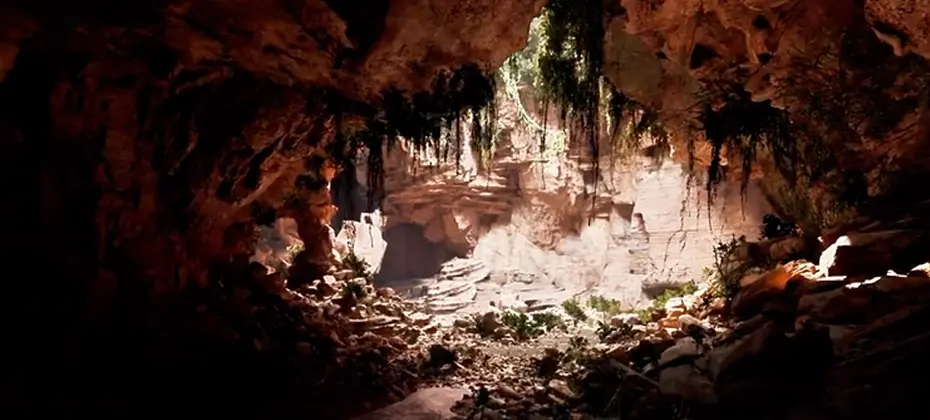
Where: Haute-Savoie, France
- Access: Only experts can explore inside.
- For Travelers: The surrounding Alps are packed with outdoor adventures—skiing in winter, hiking in summer.
- Nearby Highlight: The charming alpine town of Chamonix.
- Budget Tip: Stay in mountain huts instead of hotels for cheaper accommodation.
7. Gouffre Jean-Bernard (France) – 1,612 m
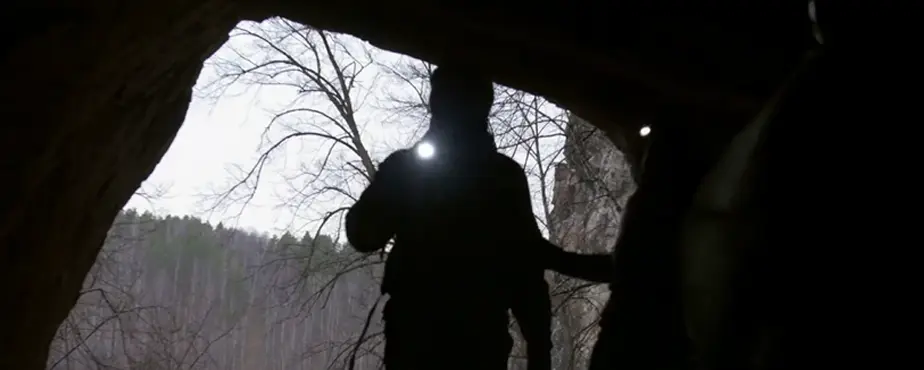
Where: Alps near Samoëns, France
- Access: Expert-only cave system.
- For Travelers: Samoëns is a great base for hiking, cycling, and enjoying French alpine culture.
- Nearby Highlight: Visit Sixt-Fer-à-Cheval, a natural amphitheater with waterfalls.
8. Sistema del Cerro del Cuevón (Spain) – 1,589 m
Where: Picos de Europa, Asturias, Spain
- Access: One of the most extreme caves—off-limits to casual travelers.
- For Travelers: The Picos de Europa National Park offers spectacular hikes, rugged peaks, and wildlife.
- Local Food: Don’t miss fabada asturiana (bean stew) and local cider.
- Budget Tip: Rural guesthouses (casas rurales) are affordable and authentic.
9. Sistema Huautla (Mexico) – 1,560 m
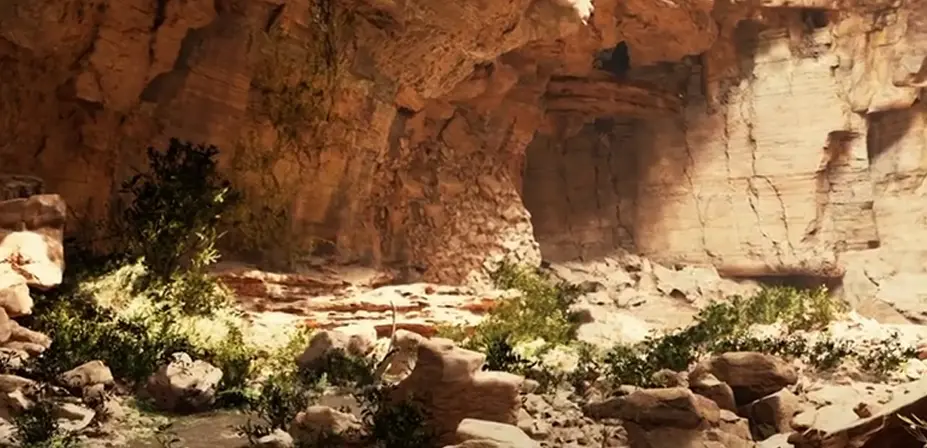
Where: Oaxaca, Mexico
- Access: Only expert cavers can enter deep sections.
- For Travelers: The Sierra Mazateca region is rich in indigenous Mazatec culture.
- Nearby Highlights: Markets in Huautla de Jiménez, traditional medicine practices, and stunning mountain scenery.
- Local Food: Mole negro and tamales.
- Travel Tip: Public transport is available, but renting a car offers more flexibility.
10. Hirlatzhöhle (Austria) – 1,559 m
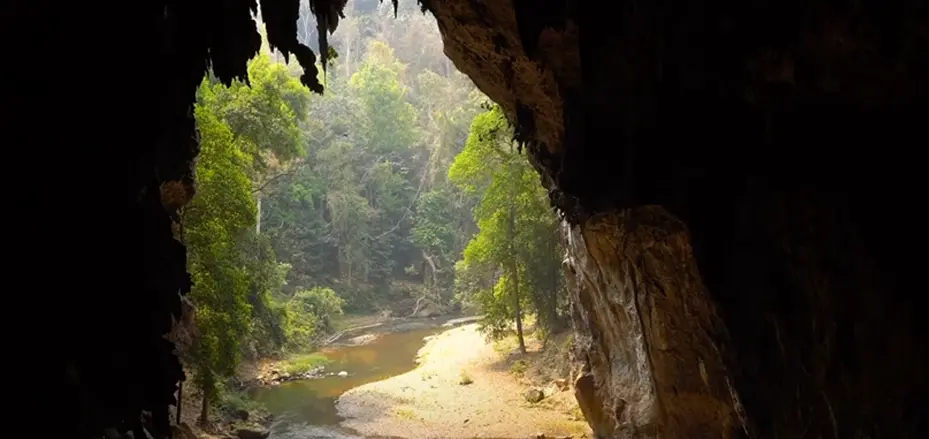
Where: Dachstein Massif, near Hallstatt, Austria
- Access: Expert expeditions only.
- For Travelers: Hallstatt is a UNESCO World Heritage village with stunning lake views and salt mine tours.
- Budget Tip: Stay in nearby Obertraun instead of Hallstatt to save money.
- Must-See: The Dachstein Ice Cave and Five Fingers viewpoint.
Practical Tips for Cave Travelers
- When to Go: Many caves are in alpine or mountainous regions—summer is best for hiking access, winter for skiing.
- Safety First: Unless you’re a trained speleologist, stick to show caves or guided tours.
- Gear: Good hiking boots, layered clothing, and waterproof gear are essential.
- Budget Travel: Opt for guesthouses, local food, and public transport in Georgia, Mexico, and Spain.
- Combine Trips: Use caves as an anchor point but plan broader adventures—cultural sites, hikes, and food trails.